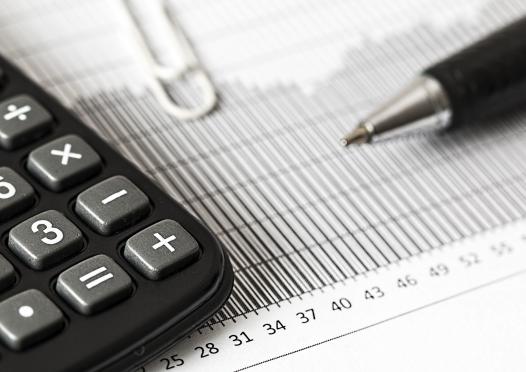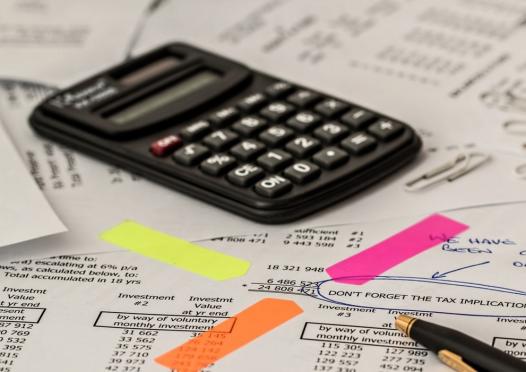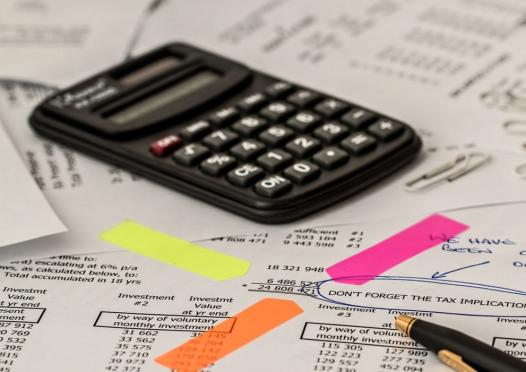As our farm businesses use tax planning tactics to reduce current tax liability impacts, we do not completely reduce the tax but move the tax to a future year. This webinar will provide details on the importance of identifying and calculating your operation’s deferred tax liability and how that can affect your current and future strategic farm management decisions.
Presenter: Dick Wittman, Wittman Consulting, Farm Manager/Family Business... Read More →
ILSOYADVISOR POST
Budgeting: What, Why and How?
April 02, 2020
By Jessie Shoopman and Emily Carls
What?
What is budgeting? More specifically, what is budgeting for business management? Budgeting can be defined as the process of designing, implementing and operating budgets. Budgets can be used in a variety of ways when talking about agriculture production: cash flow analysis, capital purchase management, enterprise analysis, long-range strategic planning, etc.
Why?
Why is budgeting important? The variability of the agriculture industry has increased over the last decade. When we look at the marketing year average (MYA) price for soybeans over the last 10 years (2009-2018), we see drastic changes year over year. In 2009 the MYA was $9.59, in 2012, it reached the decade high of $14.40, and in 2018, it reached the decade low of $8.48. Table 1 shows the MYA for soybean prices over the last ten years (USDA).

Table 1: Marketing Year Average Price for Soybeans
Due to depressed prices and the variability of the global agriculture economy we experience today, in-depth financial analysis has become a vital part of an operation’s success. Budgeting is one tool available to producers to ensure the financial viability of their operation.
How?
How do we budget? Sometimes it’s challenging to determine accurate values to use when creating your operation’s budget. FarmDoc Daily uses state averages to develop crop budgets each year. Table 2 shows a summary of the 2020 Central Illinois Low Productivity crop budget (full budgets can be found on the farmDoc Daily website). These crop budgets are a good starting point, however, we’ve found that using historic line items from your operation is the best gauge for your normal operating expenses for a given year. Specifically, when considering expenses, using a multi-year average of historic items can give you an accurate estimate of what expenses will be on your operation for the current year. When looking at revenue, it’s important to have accurate estimates for planting intentions, historic yields and estimates for prices. Estimating prices can be difficult, however, it’s possible to look at projected prices to determine a price for use in budgets. It can also be valuable to run several different scenarios related to price (low, average, high). This will allow you to see the implications of being above or below an estimated price.

Table 2: Crop Budgets for Central Illinois Low Productivity Soil (Schnitkey)
Summary
In today’s variable agriculture economy, it’s vital to know the financial position of your operation before making management decisions (capital purchases, expanding/reducing the farm, etc.). Budgeting is one tool in an operator’s arsenal that can be used to assist in making high level management decisions. Budget estimates can be applied to your specific operation, however, if possible, using historic data from your operation is the best way to ensure accurate estimates when creating a budget.
References
Schnitkey, G. and K. Swanson. "Release of 2020 Crop Budgets, Revised 2019 Budgets, and Up-dated Revenues and Costs." farmdoc daily (9):130, Department of Agricultural and Consumer Economics, University of Illinois at Urbana-Champaign, July 16, 2019. Available at:
USDA, National Agricultural Statistics Service, Quick Stats. 2019. Available at:





Comments
Add new comment